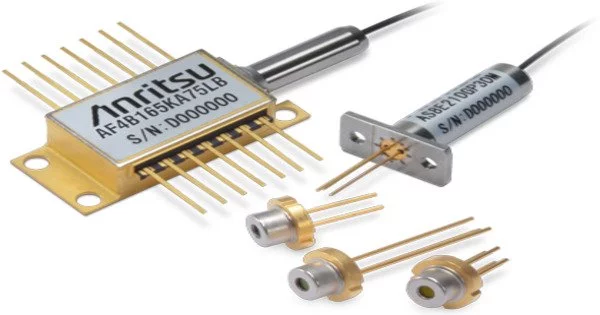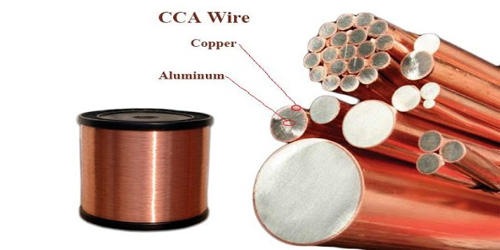A superluminescent diode (SLED or SLD) is a superluminescent edge-emitting semiconductor light source. SLD is a semiconductor light source that emits broad-spectrum light with a high optical power. It combines laser diodes’ high power and brightness with the low coherence of conventional light-emitting diodes. It is a hybrid of a laser diode and a light-emitting diode (LED) that emits a broad spectrum of light with moderate coherence. Its optical emission bandwidth, also known as full-width at half maximum, can range from 5 to 750 nm.
A superluminescent light-emitting diode, like a laser diode, is based on an electrically driven p-n junction that becomes optically active and generates amplified spontaneous emission over a wide range of wavelengths when biased forward. The peak wavelength and intensity of the SLED are affected by the composition of the active material as well as the injection current level. SLDs are widely used in a variety of applications requiring high-brightness, wideband light sources.
SLEDs are designed to have high single pass amplification for spontaneous emission generated along the waveguide but insufficient feedback to achieve lasing action, unlike laser diodes. This is accomplished very successfully by combining a tilted waveguide with anti-reflection coated (ARC) facets.
Here are some key characteristics and features of superluminescent diodes:
- Broadband emission: SLDs emit light at a variety of wavelengths, ranging from tens to hundreds of nanometers. Depending on the device design and application requirements, the emission spectrum can be tailored.
- High optical power: When compared to traditional LEDs, SLDs have relatively high output powers. Depending on the SLD design, power levels can range from a few milliwatts to several hundred milliwatts.
- Moderate coherence: While SLDs exhibit some degree of coherence, the coherence length is shorter compared to laser diodes. This makes them suitable for applications that require a balance between spectral width and coherence, such as optical coherence tomography (OCT) and fiber optic gyroscopes.
- Compact and reliable: SLDs are typically constructed from semiconductor materials, which allows them to be compact and robust. They have long lifetimes, are highly reliable, and can operate in a variety of environmental conditions.
Applications
SLDs are used in a variety of fields. They are commonly used in medical imaging optical coherence tomography (OCT) systems, fiber optic gyroscopes for navigation and sensing, optical sensing and measurement devices, optical fiber communication systems, and other applications.
















